Understanding the U.S. Media Ecosystem: A Guide for Foreign Correspondents

For foreign correspondents covering the United States, understanding the structure of the American media landscape is essential. The U.S. media system is diverse, competitive, and shaped by a mix of public interest mandates and commercial imperatives. Unlike many other countries, the U.S. does not have a government-funded national broadcaster with a dominant presence like the BBC or NHK. Instead, the landscape includes a wide array of private corporations, nonprofit outlets, public broadcasters, and independent platforms.
Public media in the U.S. includes institutions like NPR (National Public Radio) and PBS (Public Broadcasting Service), which receive a mix of public funding and private donations. These outlets typically emphasize educational, cultural, and community-focused content. However, they do not have the same centralized authority or funding levels as public broadcasters in other countries.
Private media dominates the U.S. market, with conglomerates like Comcast (which owns NBCUniversal), Disney (owner of ABC), and Paramount Global (CBS) operating major television networks. Cable news networks such as CNN, MSNBC, and Fox News also hold significant influence, particularly in shaping national narratives. These networks operate under commercial pressures, which can influence editorial priorities and programming decisions.
At the local level, thousands of independently operated newspapers, TV stations, and radio broadcasters serve individual cities and regions. These outlets are critical for reporting on municipal issues, state politics, and community stories often overlooked by national media. However, many local newsrooms have faced severe budget cuts or closures, contributing to the rise of “news deserts” across the country.
National versus local media also diverge in style and scope. National media outlets focus on federal politics, international affairs, and cultural trends, while local outlets emphasize issues affecting specific populations. Understanding this division helps correspondents select sources and shape their reporting appropriately.
Newswires such as the Associated Press (AP) and Reuters provide syndicated content to media organizations nationwide and around the world. These services are highly regarded for their speed and neutrality and are often used to supplement original reporting.
Foreign correspondents should familiarize themselves with the key players in each category, as well as their editorial styles, ownership structures, and target audiences. A strong grasp of the U.S. media ecosystem will strengthen your ability to contextualize news for international readers.
